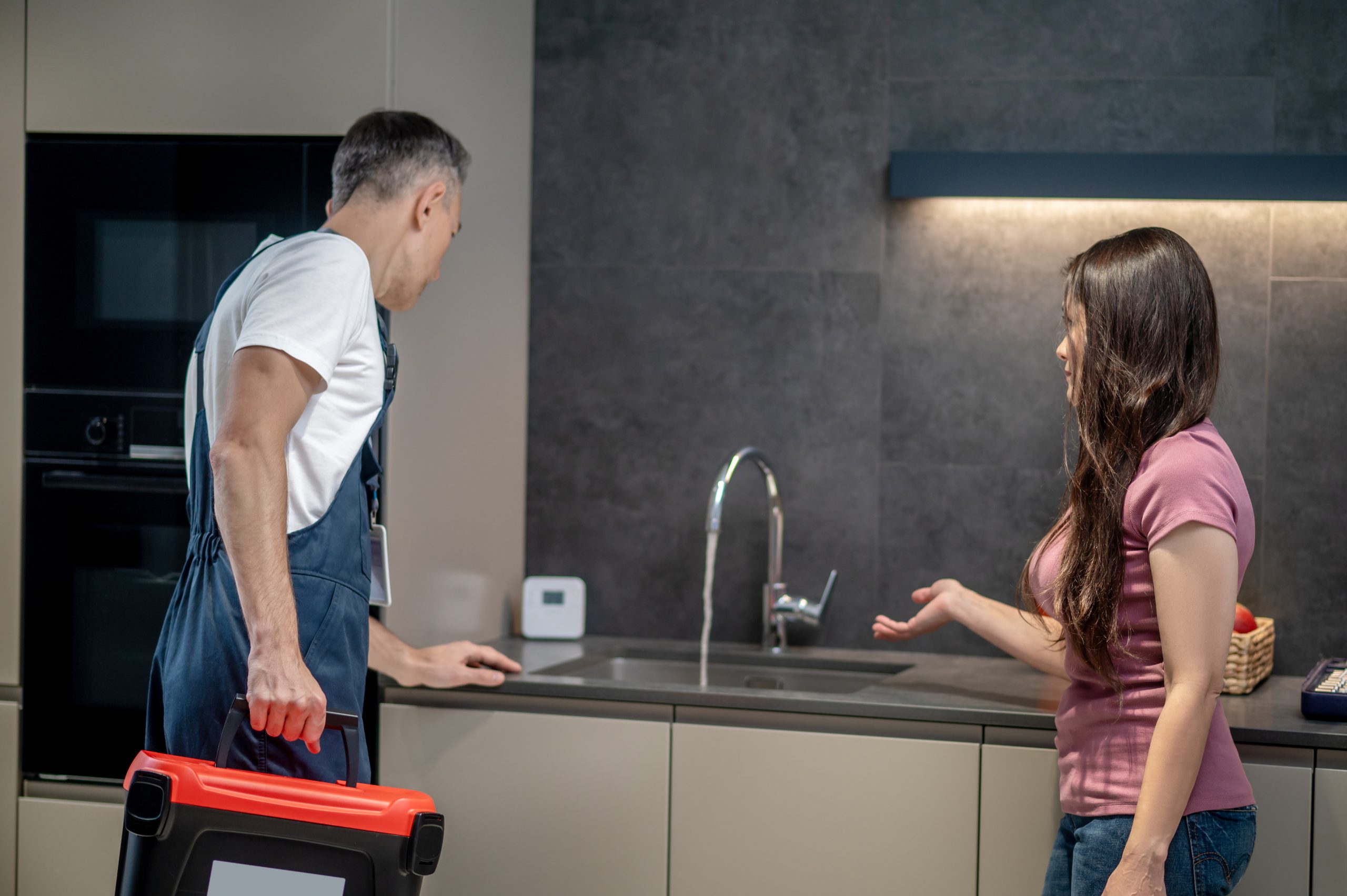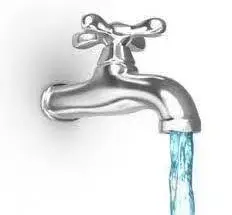
Installing a kitchen sink plumbing drain might be a tricky task. However, an expert plumber with suitable tools and expertise makes it easy. Delex Plumbing and Drains instructs you on how to plumb in a kitchen sink without difficulty and with confidence.
Ways To Plumb a Kitchen Sink
Here is a simple overview how to plumb in a kitchen sink
Step 1: Find and Label the Sink Layout
It is always the first step to find the sink’s layout in a correct manner. Then places the sink upside down on the floor exactly where it should be placed. After that, trace around it using a pencil to figure out the boundary line. Then, take measurements around 12 inches to the right of the drawn line and draw the cut line. This makes sure that the sink’s lip will sit correctly on the slab after it’s been installed.
Read: plumbing drain pipe for washing machine
Step 2: Draw the Cut Lines
Make use of a straight ruler or edge to join the corners of the layout of your sink. Straight lines will help guide the jigsaw’s cuts. Make pilot holes in each corner of the marks so that you can insert the jigsaw’s blade.
Step 3. Cut the Sink’s opening using a jigsaw tool
Place the jigsaw blade through one pilot hole, then cut along the lines. Take your time to ensure that you don’t crack the surface. After that, take out the cutout and test the sink to make sure it will fit.
Step 4: Install the Faucet and Sink Items
It is simpler to set up the sink faucet and pump, as well as any soap dispensers, while the sink is in the middle of the counter. Follow the manufacturer’s directions and use plumber’s glue if needed to seal the components.
Step 5: Fix the Strainer and Drain
Place a little bit of the plumber’s glue under the drain strainer and then push it in place. From below, place the rubber sealing item, washer, and locknut. Then, adjust the fittings using the pipe wrench. This will form the primary component of your kitchen sink drainage system.
Step 6: Connect the Water Lines
Attach the water supply lines. Use plumber’s tape on the threads. This stops leaks. Tighten the fittings with your wrench. Don’t overtighten—snug is enough.
Step 8: Test Everything
Turn the water back on. Run the tap and check for leaks. Look under the sink too. Tighten any loose spots. If it’s dry, you’ve done it right.
Self-Help Vs Professional Plumbers
Perhaps this article will make it clear and simple how to plumb in a kitchen sink, although some facts might still need support from a licensed plumber. If you’re dealing with complex plumbing, cracked pipes, or installing the sink in a new location, hiring an experienced plumber can save time and help stop expensive errors.
The Bottom Line
Understanding how to plumb in a kitchen sink is an important home-fixing process. With the right tools, a proper plan, and clear directions, you can finish plumbing your kitchen sink with no worry. If you’re replacing an old model or building a new model, Delax Plumbing and Drains will help you in getting a long-lasting and reliable result. Make sure you follow the proper kitchen plumbing drain installation method for the sink you are using to ensure the water’s flow is smooth and stop any further plumbing issues.


